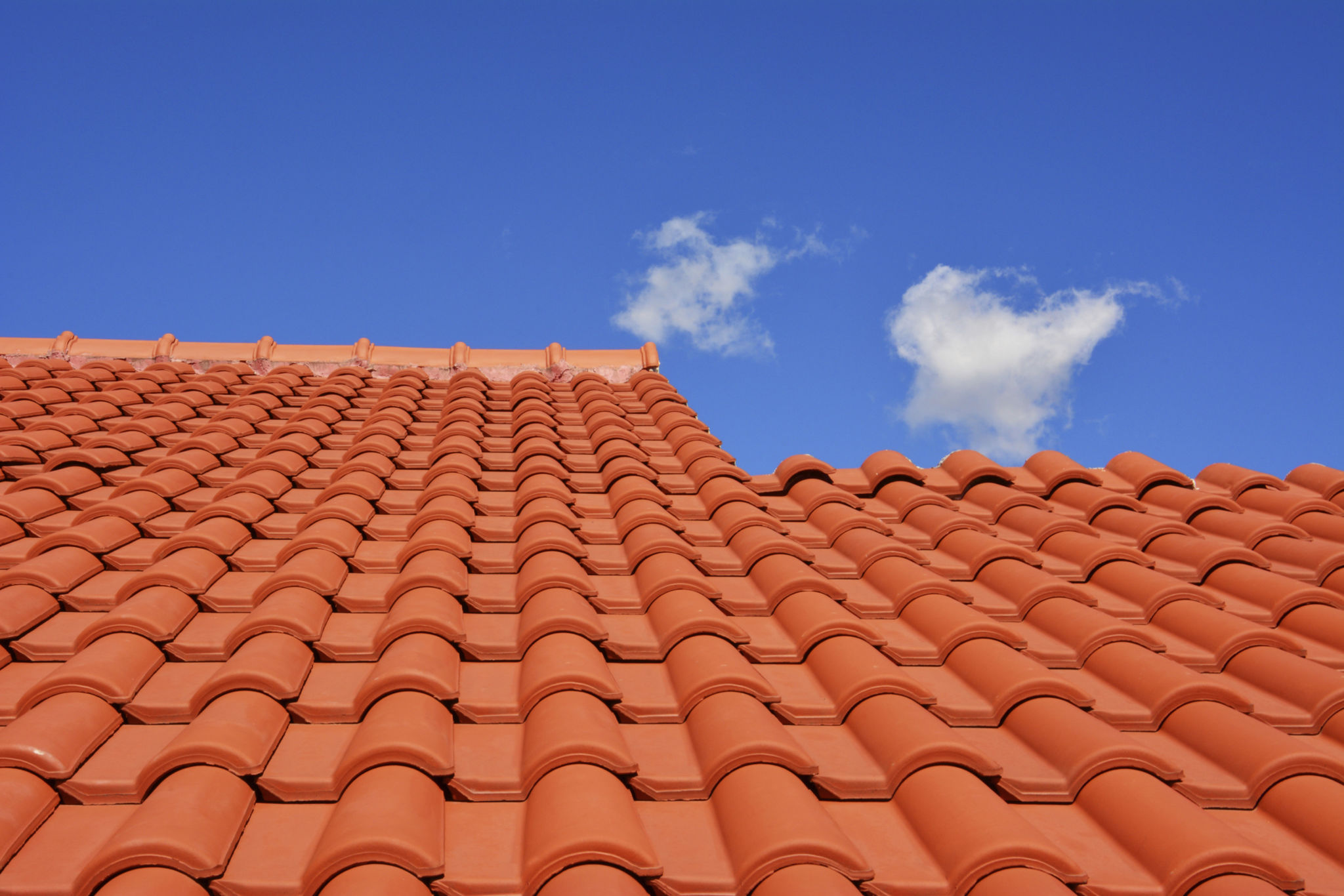Case Study: Successful Roof Restoration Projects in the Barossa Region
Introduction to Roof Restoration in the Barossa Region
The Barossa region, known for its picturesque landscapes and thriving wine industry, is also home to a variety of architectural styles. These charming roofs, however, require regular maintenance and restoration to withstand the test of time. In this case study, we explore some successful roof restoration projects in the area, highlighting the techniques and materials that have yielded the best results.
Roof restoration is more than just a facelift; it involves a comprehensive process to ensure longevity and durability. By examining a few key projects, we can glean valuable insights into effective restoration practices.

Project 1: Preserving Heritage in Tanunda
In Tanunda, a beautiful town in the heart of the Barossa Valley, a heritage building required attention to maintain its historical significance. The roof, made of traditional slate tiles, was showing signs of wear. The restoration team opted for a meticulous approach to replace damaged tiles while preserving as much of the original material as possible.
The project involved:
- Careful removal and cataloging of existing tiles
- Replacement with locally sourced slate to match the original
- Application of weather-resistant treatments to enhance durability
This restoration not only preserved the building's historical value but also enhanced its structural integrity.

Project 2: Modern Techniques for a Classic Look in Angaston
Another noteworthy project took place in Angaston, where a classic farmhouse required a roof overhaul. The owners wished to maintain the home's traditional appearance while incorporating modern materials for better performance. The solution was a composite tile that mimicked the look of terracotta but offered superior weather resistance and insulation.
This approach provided several benefits:
- Improved thermal efficiency, reducing energy costs
- Enhanced aesthetic appeal with minimal maintenance
- Longer lifespan with a robust warranty
The successful blend of old-world charm and new-age technology made this project a standout example of innovation in roof restoration.

Project 3: Sustainable Solutions in Nuriootpa
Sustainability was at the forefront of a restoration project in Nuriootpa. The property owners were keen to reduce their carbon footprint by choosing eco-friendly roofing materials. Recycled metal roofing was selected for its durability and recyclability, offering an environmentally conscious choice without compromising on style or function.
The outcome was a roof that not only met the aesthetic needs of the homeowners but also contributed to environmental conservation efforts.
Conclusion: Key Takeaways from Barossa Roof Restorations
These projects demonstrate that successful roof restoration involves a balance between preserving architectural integrity and incorporating modern advancements. Whether it's utilizing traditional materials or embracing sustainable solutions, each project in the Barossa region highlights the importance of tailored approaches to meet specific needs.
For property owners considering roof restoration, these case studies offer valuable lessons in selecting materials and techniques that align with both aesthetic desires and practical requirements. As the Barossa region continues to grow and evolve, so too will the strategies for maintaining its unique architectural heritage.
